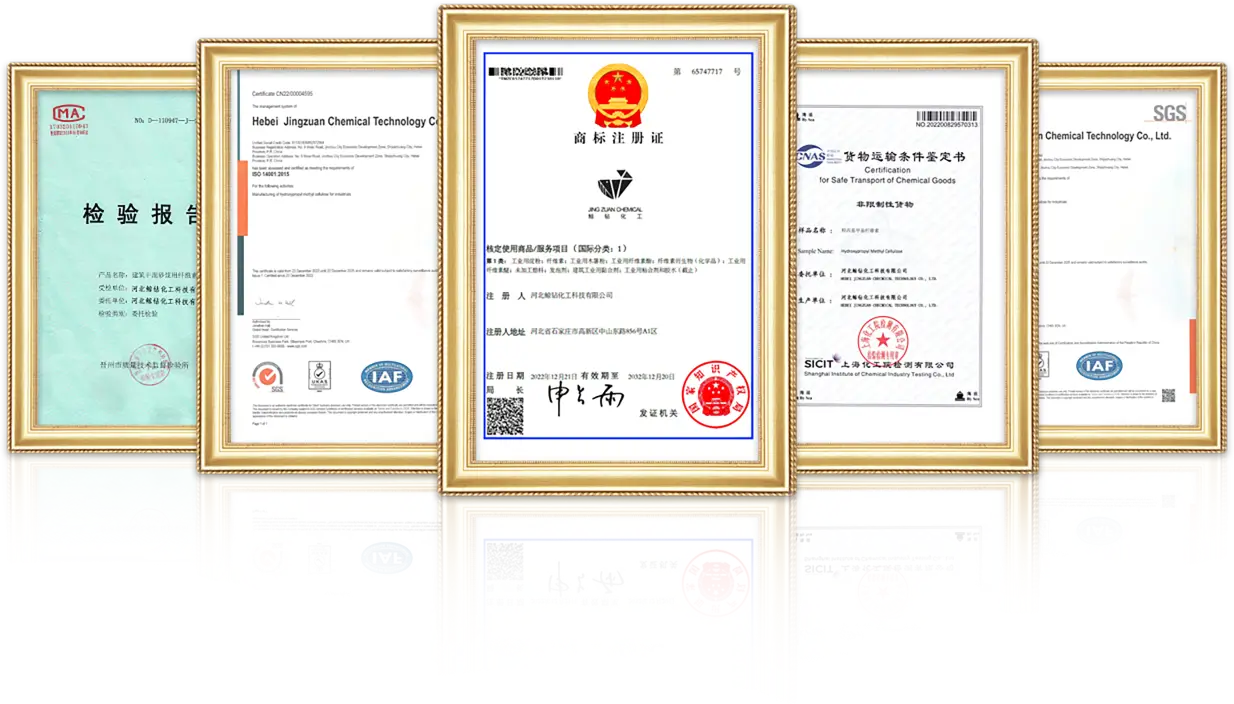
Sep . 23, 2024 07:07 Back to list
how to dissolve hydroxyethyl cellulose
How to Dissolve Hydroxyethyl Cellulose
Hydroxyethyl cellulose (HEC) is a non-ionic, water-soluble polymer widely used in various industries, including pharmaceuticals, cosmetics, and food. Its thickening, gelling, and stabilizing properties make it an essential ingredient in many formulations. However, dissolving hydroxyethyl cellulose can be tricky if proper techniques are not employed. Below are steps and tips on how to effectively dissolve HEC.
Step 1 Choose the Right Temperature
The temperature of the water is crucial when dissolving hydroxyethyl cellulose. It is generally recommended to use cold or room temperature water for initial mixing. HEC does not dissolve well in boiling water due to its tendency to form clumps or lumps. If the solution will be heated later, begin by dissolving the HEC in cold water first.
Step 2 Measure the Right Ratio
The ratio of HEC to water can significantly affect the dissolution process. A common ratio is 110 (HEC to water), but this can vary depending on the desired viscosity of the final solution. Accurate measurements are essential; using a scale can help ensure that the correct amount is used.
Step 3 Employ the Proper Mixing Technique
To prevent clumping, it’s crucial to sprinkle the HEC powder slowly into the water while continuously stirring. Using a high-shear mixer or a vortex mixer can enhance the dispersion of the polymer and minimize the formation of lumps. If you don’t have access to these tools, a whisk or a handheld mixer can also be effective.
how to dissolve hydroxyethyl cellulose

Step 4 Allow for Hydration
The next step is to allow the mixture to hydrate. After the HEC is fully dispersed, let the solution sit for about 30 minutes. This resting period enables the HEC to absorb water and fully hydrate, resulting in a smooth and homogeneous solution.
Step 5 Adjusting Viscosity
Depending on your application, you may need to adjust the viscosity of the solution. This can be done by either adding more HEC to thicken the solution or diluting it with additional water to decrease viscosity. Always add HEC gradually and stir well to avoid sudden changes in thickness.
Step 6 Heat if Necessary
If a final viscosity is desired through heating, gradually raise the temperature of the solution. Avoid boiling, as this could damage the HEC. Heating should be done gently while continuously stirring to ensure an even consistency.
Conclusion
Dissolving hydroxyethyl cellulose requires attention to detail and proper techniques. By following the steps outlined above, you can effectively create a smooth solution suitable for your specific needs. Remember, practice makes perfect—after a few attempts, you’ll likely find the best method that works for your particular formulation. Whether you’re in the lab or working on a DIY project, knowing how to handle HEC will enhance the quality of your end products.
-
tile-bonding-additives-for-stronger-bonds
NewsAug.22,2025
-
construction-grade-rdp-for-wholesale-needs
NewsAug.22,2025
-
trusted-wholesale-hec-partners
NewsAug.22,2025
-
hec-solutions-for-industrial-excellence
NewsAug.22,2025
-
construction-additives-need-hpmc-essentials
NewsAug.22,2025
-
hpmc-versatile-cellulose-ether-for-industries
NewsAug.22,2025







